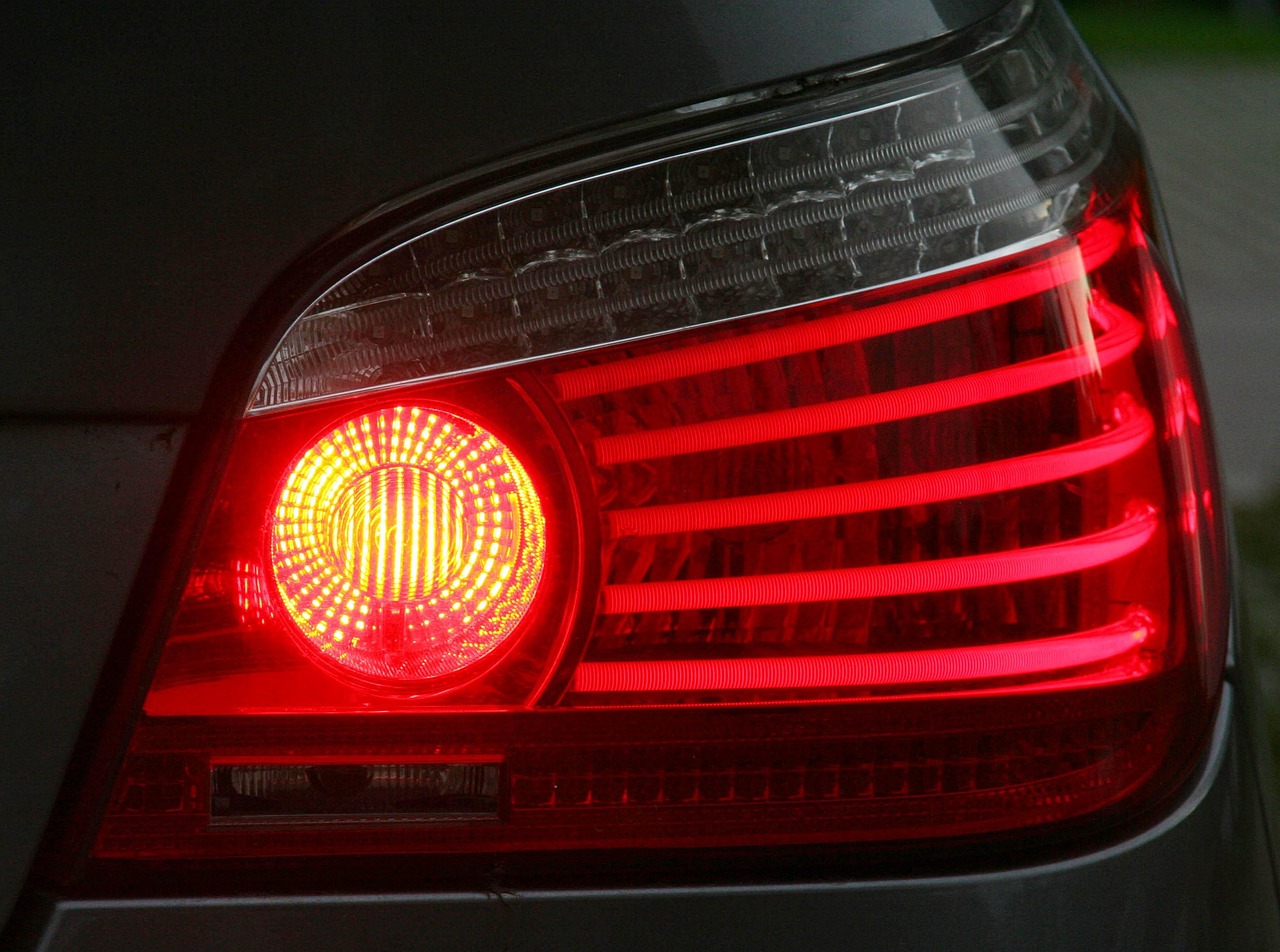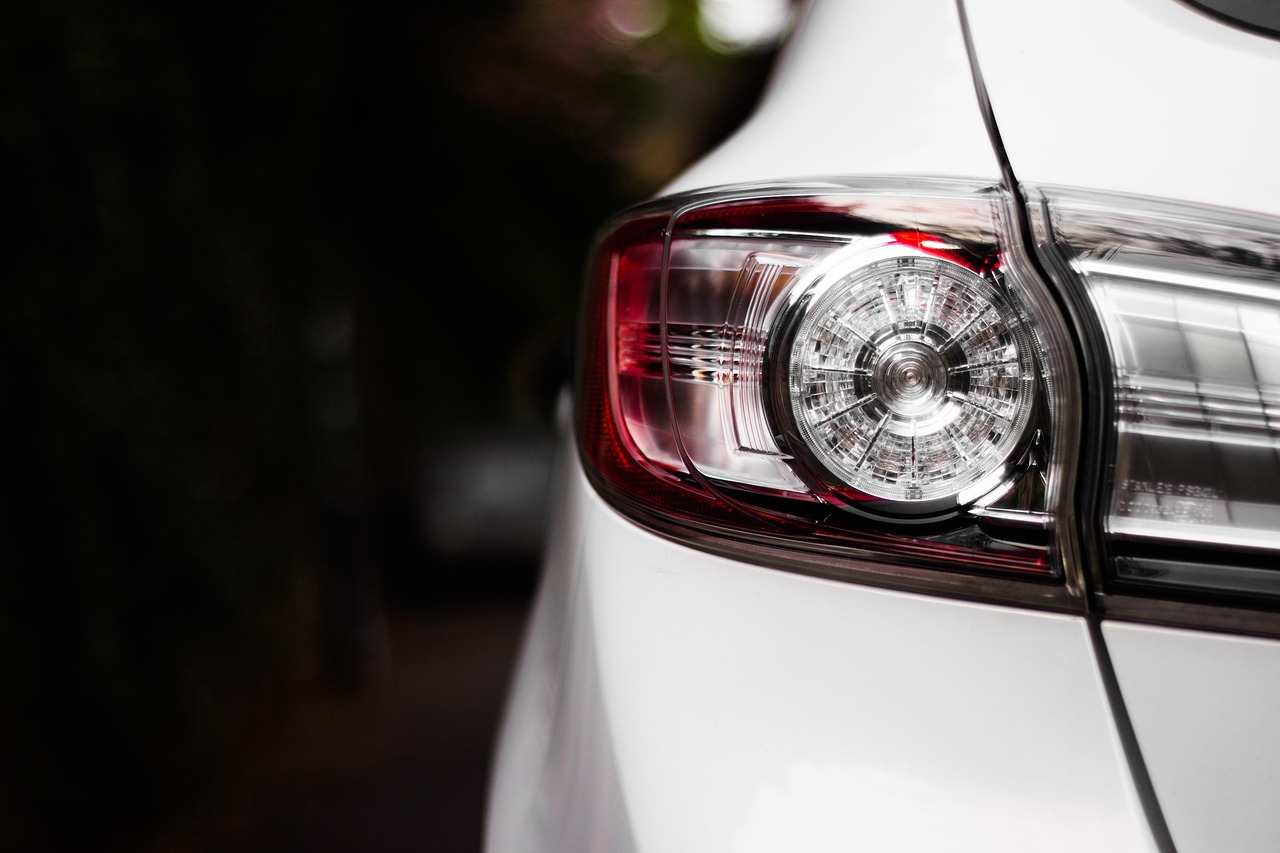Those unfortunate bumps and bruises on your truck’s bedside can be a real eyesore. Whether you misjudged a tight parking spot or became the unintended target of a rogue shopping cart, a dent in your truck bed can be a source of frustration. While extensive auto body repair might seem like the only solution, there are steps you can take to fix minor to moderate dents yourself.
Assessing the Damage
Before diving into repairs, it’s crucial to assess the severity of the dent. Can you easily push the dent in with your finger? Is the paint cracked or chipped? Shallow dents with unbroken paint are excellent candidates for a DIY fix.
Deeper dents, especially those with compromised paintwork, are best left to the professionals.
Here’s why:
- Specialized Tools: Auto body repair technicians have access to specialized tools like pulling tabs, stud welders, and dent hammers. These tools allow for precise manipulation of the metal, minimizing the risk of further damage.
- Experience: Expert technicians have years of experience under their belts, allowing them to identify the most effective repair strategy for your specific dent. They can also ensure the dent is completely removed, preventing future problems.
DIY Dent Repair Essentials
If you’ve assessed the damage and believe a DIY approach is feasible, here are the tools and materials you’ll need:
- Heat Gun: Heat helps relax the metal, making it easier to manipulate.
- Dryer Pads: Protect surrounding areas from heat damage.
- Plunger or Slide Hammer: These tools create suction or pulling force to help remove the dent.
- Metal Finishing Rods: Used for applying pressure and smoothing out the metal.
- Body Filler: Fills in any unevenness after the dent is removed.
- Sandpaper (Assorted Grits): For smoothing the body filler and preparing the surface for paint.
The Repair Process
While a detailed, step-by-step guide goes beyond the scope of this article, here’s a general overview of the DIY dent repair process:
- Clean the Area: Remove any dirt or debris that could interfere with the repair.
- Apply Heat: Using a heat gun with dryer pads for protection, carefully warm the dented area. This relaxes the metal, making it more pliable.
- Dent Removal: Depending on the severity and location of the dent, you might use a plunger or slide hammer to pull the metal back into place. Use metal finishing rods to apply pressure and smooth out the metal. Patience is key here; take your time and work meticulously.
- Body Filler Application: Once the dent is mostly removed, there might be slight unevenness. Apply body filler according to the manufacturer’s instructions to create a smooth surface.
- Sanding: Once the body filler cures, use progressively finer grits of sandpaper to smooth the surface.
- Painting (Optional): If the paint is undamaged, you can skip this step. However, for a flawless finish, you might consider repainting the repaired area. This typically involves applying primer, paint, and clear coat.
Important Considerations
DIY dent repair can be a rewarding experience, but it’s important to be realistic about your expectations and skill level. Here are some additional points to consider:
- Safety First: Always wear safety glasses and gloves when working with tools and heat.
- Start Small: If you’re a beginner, practice on a less noticeable area before tackling the dent on your truck bed.
- Know When to Call in the Pros: For deeper dents, complex shapes, or compromised paintwork, don’t hesitate to seek professional auto body repair.
By carefully assessing the damage and using the right tools and techniques, you can potentially fix minor to moderate dents in your truck’s bedside yourself. However, for a guaranteed, professional-looking repair, especially for more extensive damage, consulting an experienced auto body technician is always the best course of action.
.







